
Process Design

Instrumentation
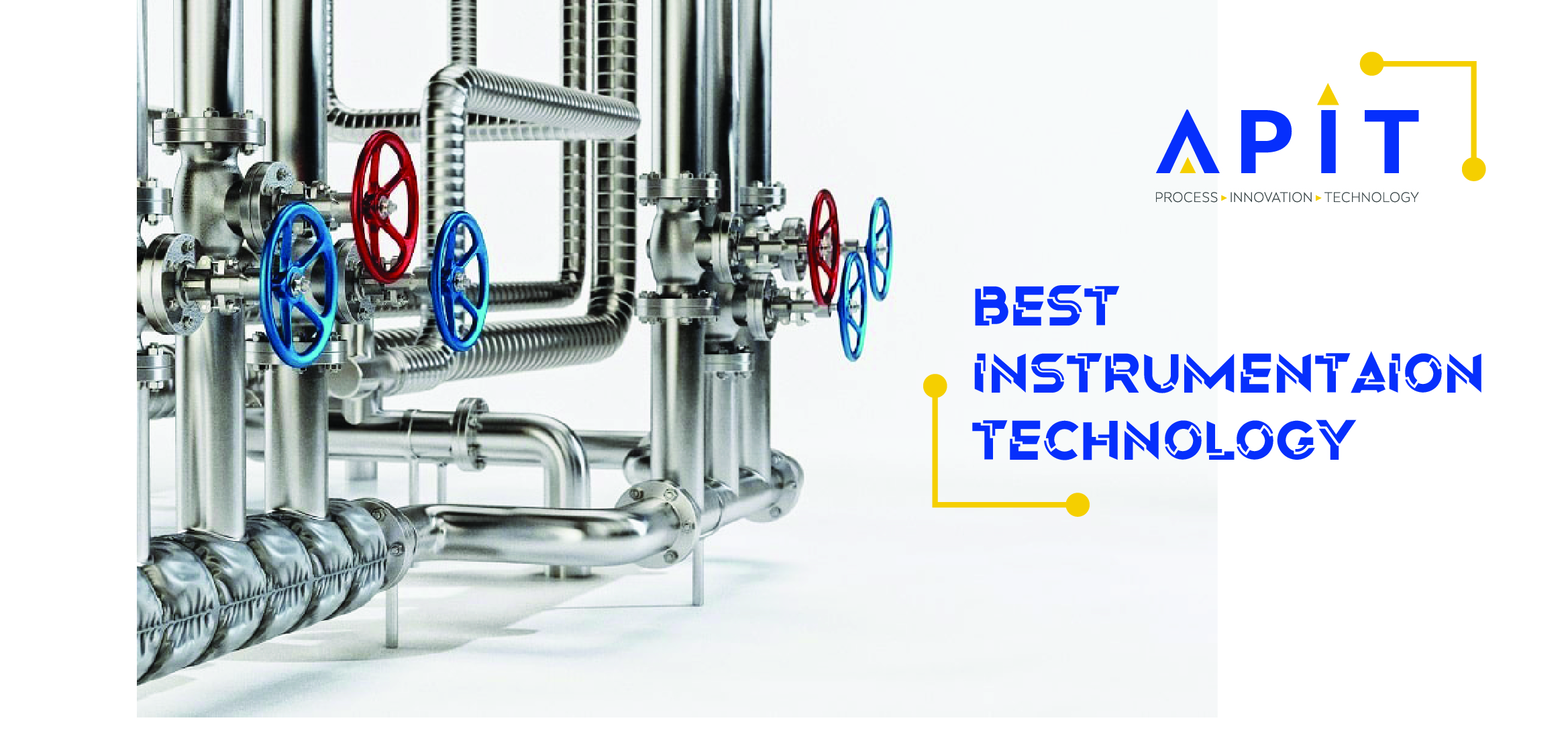
The primary objective of instrumentation in the food industry is to constantly measure various parameters such as flow, pressure and temperature of the process, and monitor safety. Just as the human body uses the autonomous and semi-autonomous nervous systems to control all functions of the body, modern process industries are developing AI systems to mimic the way in which the human body functions and makes decisions. This is what instrumentation is all about. Together with Control Systems, it plays a major role in sustainable productivity.
At APIT, we deploy the right instrumentation in all processes to capture data, analyse it, and monitor and control the process. These include but are not limited to pressure, velocity, high level, low level, and temperature sensors.
Control System


APIT Control System (Automaton) brings you a remarkable range of options designed to enhance your product quality, safety, productivity as well as your bottom line. Our Control System has a wide range of applications — monitoring and controlling a single dryer to integrating multiple dryer and parboiling sections under one system.
PROSE
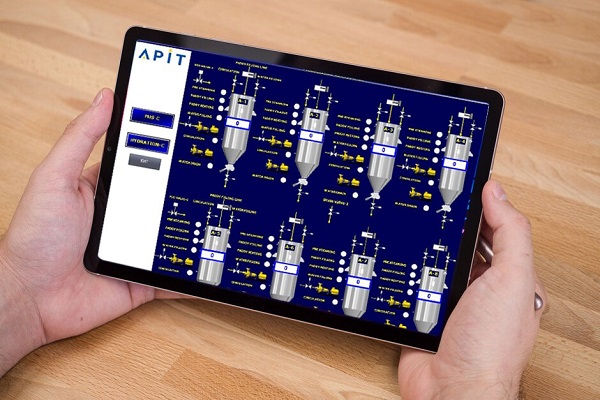
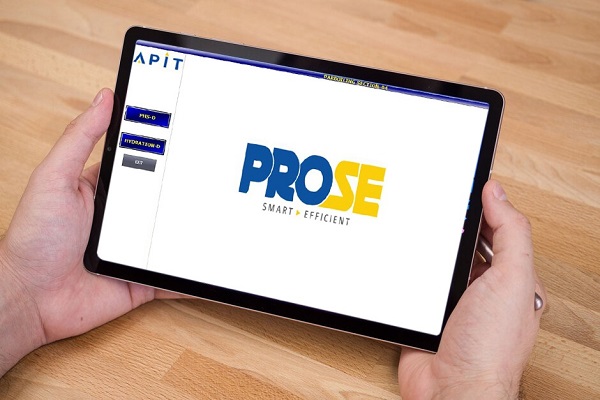

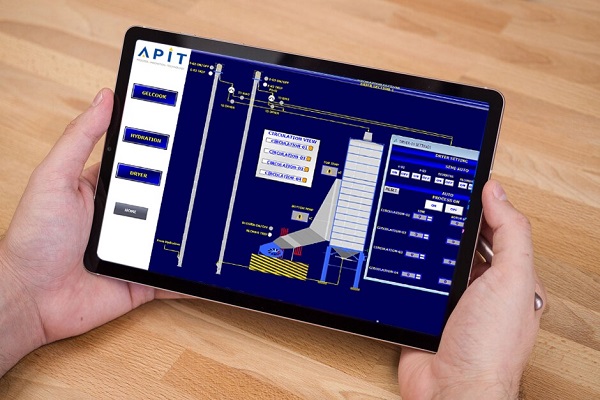
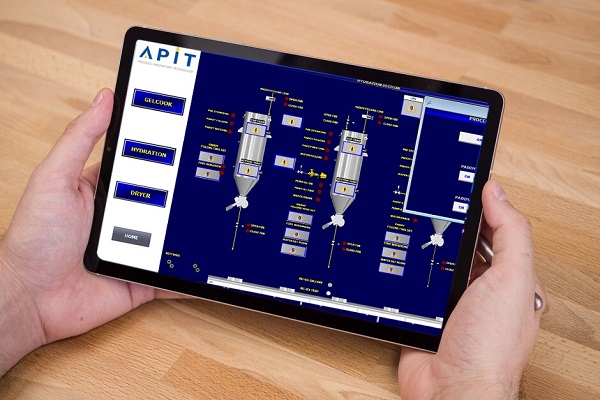
APIT’s PROSE is a unique system that integrates plant machinery, instruments and products into one system. This means that with PROSE, it is possible to access the process data for all the processes that are required to control the fortification bioprocess of bran and starch remotely via an iPad or a mobile app. APIT provides the food and agriculture industry with fully-automated Parboiling and Drying units along with the PROSE software that allows easy monitoring of the process from afar through online applications controlled by PLC. Every process parameter is monitored online and any error can be rectified there itself.
Parameters of PROSE
Colour vs Resting Time

The colour of the paddy varies with the time of resting in hydration. The more the resting time, the darker the colour of paddy. The colour of paddy between 1 to 30 minutes of resting time is super white, while 150 minutes results in golden yellow.
Colour vs Age of Paddy

The age of paddy determines the varieties of colour that can be obtained. Up until 3 months after the harvesting, all colours can be obtained. But as the age of paddy increases the varieties of paddy colour possible are reduced.
Dwell Time vs Age

Resting time of paddy strictly depends upon the age of paddy. More the age of the paddy the less the resting time because, with time, the intensity of colour absorption decreases.
Colour vs Hydration Temperature

The intensity of the colour is directly proportional to the hydration temperature and inversely proportional to the hydration time. More the hydration temperature – darker the colour and lesser the time.
Moisture vs Age

The moisture content of paddy is inversely proportional to the age of paddy. As the harvested paddy with a moisture content of 23% ages, the moisture content decreases up to 10.5% within 18 months.
Hydration Temperature vs Hydration Time

Hydration time and temperature combination plays a crucial role in the colour of the paddy. For a darker colour, the hydration time is less and the temperature is more. For a lighter colour, the hydration time is more and temperature is less.
Visualisation
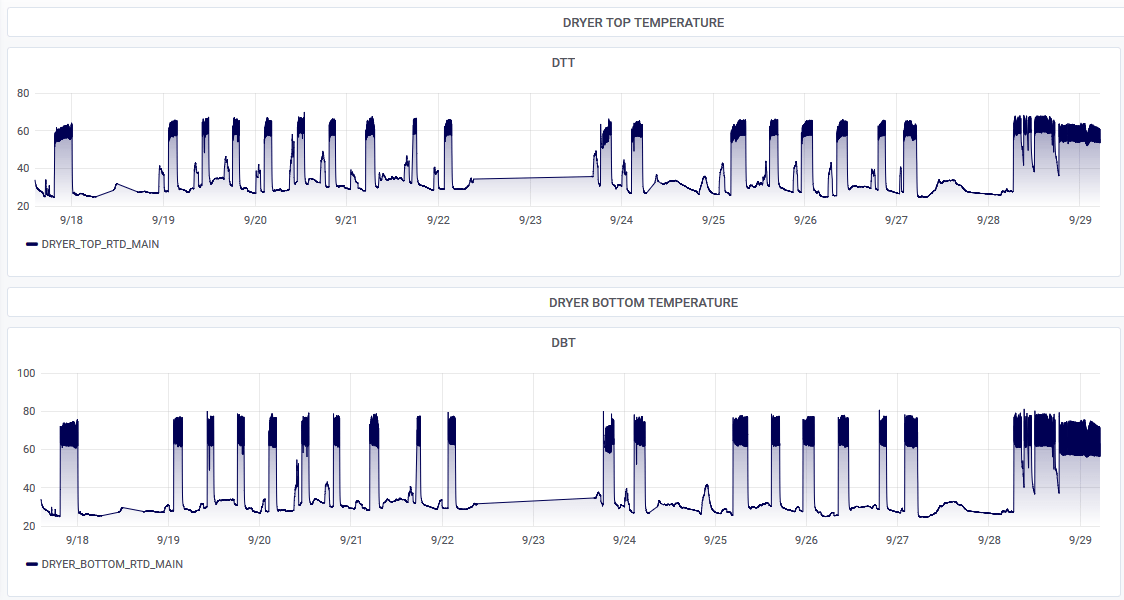


APIT Process Visualization refers to the ability of the process automation software to generate graphical representations of the equipment, operations and conditions of a plant. A clear visual display simplifies process control for users and offers opportunities for further automation of factors like energy consumption, alarm management, route navigation, display of various real-time data like temperature, pressure, and time. By making the data easy to understand and bringing important processes under control, the data visualization software can benefit Parboiling and Drying processes. This includes improved production efficiency, increased overall equipment effectiveness (OEE) and enhanced quality management.
Data Analytics

Data that is generated by the plant of increasing importance. On an IoT platform, Data Analytics plays a major role in making critical decisions across the plant. Examples of this include identifying the plant’s OEE, traceability of the product and variations in process parameters resulting in reliable productivity.

